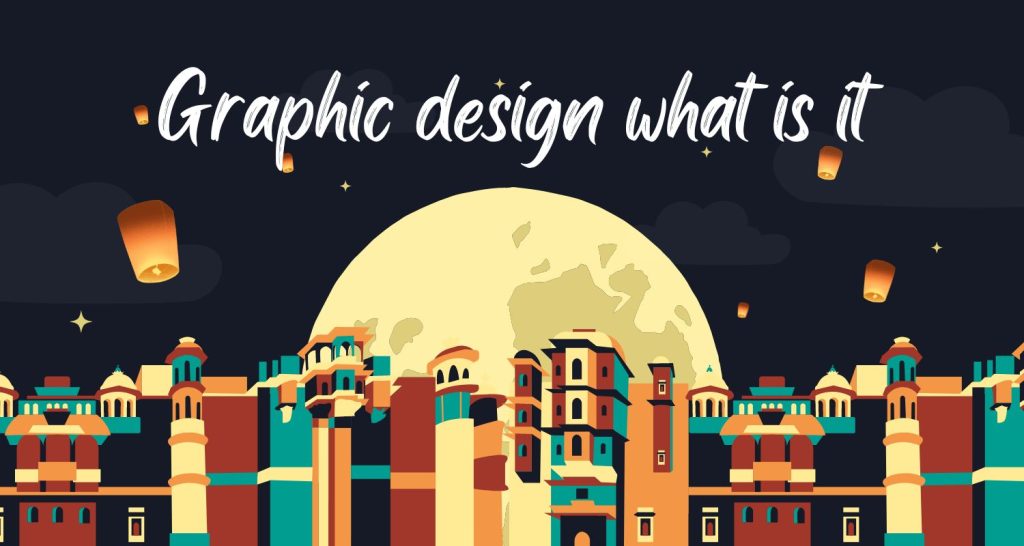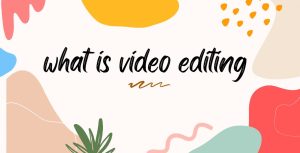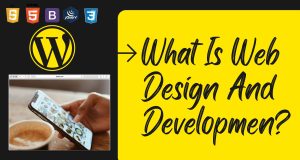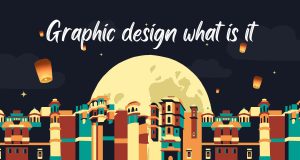
Graphic design what is it?
Graphic design what is it?, Graphic design what is it?, What is meant by graphic design?, What is graphics design all about?, It and graphic design?, Graphic design what is it all about?, if we try to answer those question we need to first know what is Graphic Design. We try to give the answer of the question and also i will try to give the answer of some relative popular question like, what is meant by graphic design, what is graphics design all about, it and graphic design, graphic design what is it all about. Check those five question those are very popular question. So I am writing answers from my point of view about those questions.
Graphic design what is it?
What is meant by graphic design?
What is graphics design all about?
It and graphic design?
Graphic design what is it all about?
Graphic design is a career in which people produce visual content to convey messages. Designers utilize typography and graphics to fulfill users’ individual demands and focus on the logic of showing items in interactive designs to optimize the user experience by employing visual hierarchy and page layout approaches.
Assume you want to make an announcement or sell something, entertain or persuade someone, explain a complex system, or illustrate a process. To put it another way, you have a message to deliver. What is the best way to “send” it? You might tell folks one by one, or you could broadcast it over the radio or through loudspeakers. That’s how you communicate verbally. If you produce a poster, type a message, design a business logo, a magazine ad, or an album cover, or even make a computer printout, you are engaging in graphic design.
Graphic designers create images (pictures) that are drawn, painted, photographed, or computer-generated, but they also create the letterforms that make up numerous typefaces that can be found in movie credits and TV advertising, books, magazines, and menus, and even on computer displays. To express a message, designers create, arrange, and organize these elements—typography, images, and the so-called “white space” around them. You use graphic design on a regular basis. Graphic design informs, persuades, organizes, stimulates, locates, identifies, attracts attention, and delivers pleasure in everything from gum wrappers to billboards to the T-shirt you’re wearing.
To transmit ideas, graphic design is a creative process that blends art and technology. In order to deliver a message from a client to a specific audience, the designer uses a number of communication techniques. Image and typography are the most important tools.
Graphic design fundamentals:
It is necessary to be aware of the aspects and principles that make up design in order to properly comprehend the meaning of graphic design. To produce visually attractive and effective designs, elements are used in tandem or in opposition to one another.
The following are some of the graphic design elements:
- Form
- Shape
- Line
- Texture
- Size
- Color
- Space
- Typography
- Shape
- Hierarchy
In order for graphic designers’ designs to be effective and attention-getting, they must adhere to a number of standards. These are sometimes referred to as Gestalt design concepts.
These are some of the principles:
- Symmetry
- Simplicity
- Continuity
- Proximity
The following are the eight basic types of graphic design:
1. Graphic design for visual identity
Symbolic identity The visual features of a brand are the focus of graphic design. Its goal is to use images, shapes, and colors to communicate a brand’s identity. Graphic designers work in this field to produce brand aspects such as logos, typography, color palettes, and image libraries. They also create visual brand guidelines to guarantee that the brand remains consistent across all platforms.
2. Graphic design for marketing and advertising
The majority of people associate graphic design with graphics for marketing and advertising.
To tap into their target audience’s decision-making process, businesses rely on successful marketing initiatives. People are engaged by great marketing because of their wants, needs, awareness, and satisfaction with a product, service, or brand. Graphic design aids firms in promoting and communicating more successfully since people will always find visual material more interesting.
Marketing designers collaborate with business owners, directors, managers, and marketing experts to develop marketing assets. They could work alone or as part of a creative or in-house team. Designers can specialize in a certain type of media (for example, vehicle wraps or magazine ads) or design a wide range of print, digital, and other collateral.
While this sort of design was once mostly focused on print, it has evolved to include more digital assets, particularly for use in content marketing and digital advertising.
3.Designing a website:
Web design is the process of planning and constructing a website’s appearance, layout, structure, and design. It emphasizes on a website’s front-end features, such as the user experience. To develop appealing and user-friendly sites and pages, web designers integrate a variety of visual elements such as text, images, graphics, and video. UX and UI design are inextricably linked to web design.
4. Design of the packaging
The packing that products are conveyed in is frequently just as significant as the items themselves, from food to technology to expensive jewelry. Designers of product packaging want to highlight or compliment the contents of the containers.
5. Graphic design for publications
This design emphasizes the creation of layouts and the selection of typography and artwork, such as photography, graphics, and illustrations. In this field, graphic designers work on books, newspapers, periodicals, and catalogs. Color management, printing, and digital publication are all skills they’ll need.
6. Graphic design art and illustration
Graphic art and illustration are frequently confused with graphic design, but they are extremely distinct. Graphic artists and illustrators create creative artwork, whereas designers develop compositions to convey and solve problems. Fine art, decorating, and storytelling images are all examples of their work.
Despite the fact that graphic art and illustration are not technically forms of graphic design, there is so much developed for commercial purpose within the context of graphic design that you can’t talk about one without the other.
7. Graphic design for the environment
Graphic, architectural, interior, landscape, and industrial design are all incorporated into environmental graphic design. This style of design brings people and places together. Designers with a background in graphic design and architecture are the most common. Industrial design concepts and architectural blueprints should be recognizable to them. They could work on projects like public transportation navigation, retail store interiors, signage, and office branding, among others.
8. Animation and motion graphics
Motion graphics, simply described, are visuals that move. Animation, audio, typography, graphics, video, and other effects used in internet media, television, and film are examples of this. The popularity of the medium has soared in recent years as technology has advanced and video content has taken center stage.
“Motion graphics designer” is a relatively new design speciality. Previously limited to television and film, technology advancements have shortened production times and decreased expenses, making the art form more accessible and affordable. Motion graphics is now one of the newest styles of design, and it can be found on all digital platforms, opening up a slew of new possibilities.









